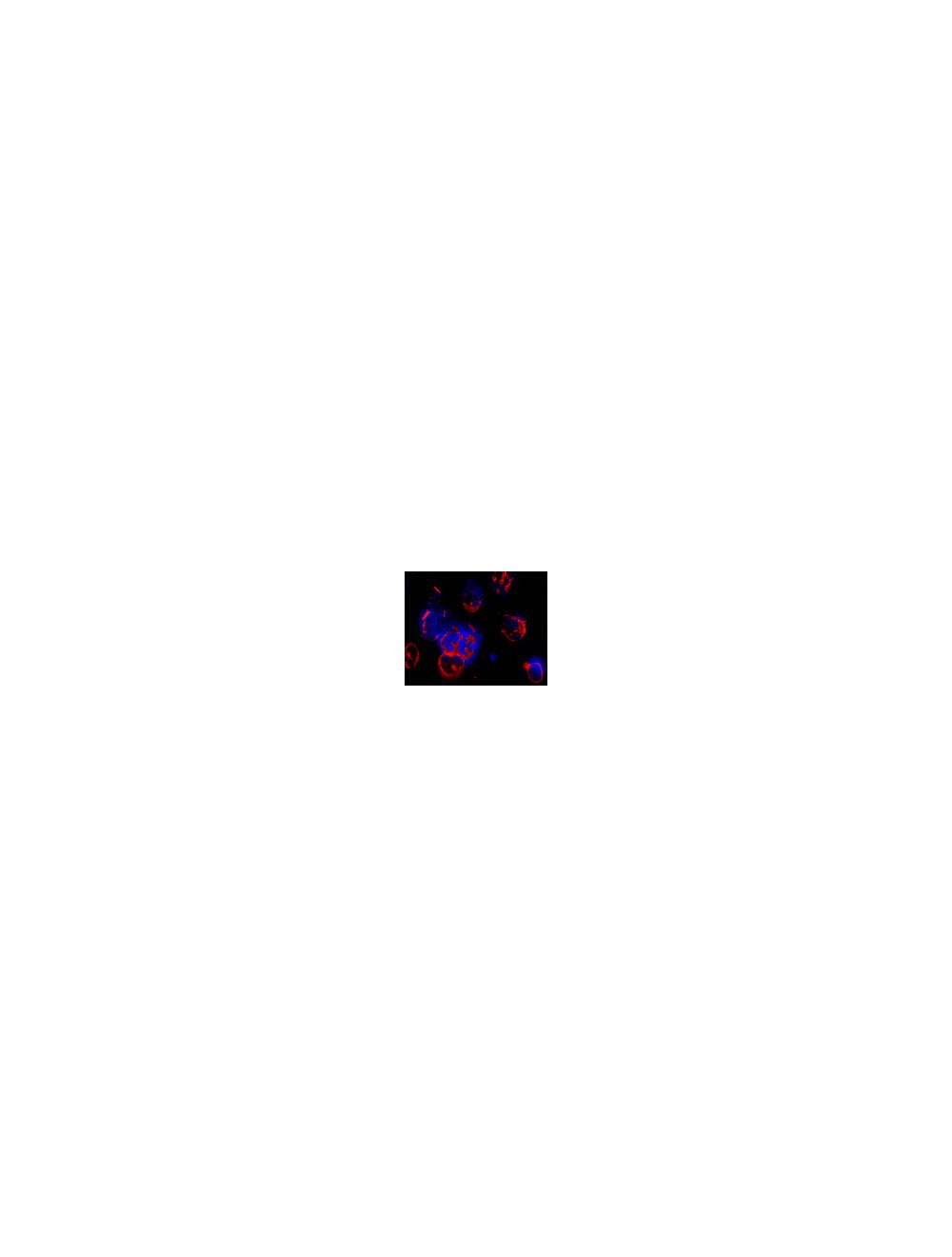Autophagy-related protein 10 (ATG10), Rabbit Polyclonal Antibody
As low as
US$317.00
Only %1 left
Catalog Number
R-145
- Product Name Autophagy-related protein 10 (ATG10), Rabbit Polyclonal Antibody
- Product Description Rabbit anti-Autophagy-related protein 10 (ATG10) Polyclonal Antibody (Unconjugated), suitable for IHC-Frozen.
- Alternative Names Autophagy-related protein 10; APG10-like; ATG10
- Application(s) IHC-Frozen
- Antibody Host Rabbit
- Antibody Type Polyclonal
- Specificity IHC, WB and ELISA confirmed the specificity for ATG10. Human. Other species not yet tested.
- Species Reactivity Human
- Immunogen Description A peptide (CLKNSQKINKNV) corresponding to the C-terminal of human ATG10 protein has been used as the immunogen.
- Conjugate Unconjugated
- Purity Description Whole serum
- Regulatory Status For research use only.
Product Info
- Product Description Rabbit anti-Autophagy-related protein 10 (ATG10) Polyclonal Antibody (Unconjugated), suitable for IHC-Frozen.
- Application(s) IHC-Frozen
- Application Details IHC, immunofluorescence. A dilution of 1:100 to 1:1000 dilution is recommended for these applications. Biosensis recommends optimal dilutions/concentrations should be determined by the end user.
- Target Autophagy-related protein 10 (ATG10)
- Specificity IHC, WB and ELISA confirmed the specificity for ATG10. Human. Other species not yet tested.
- Target Host Species Human
- Species Reactivity Human
- Antibody Host Rabbit
- Antibody Type Polyclonal
- Antibody Isotype Mixed
- Conjugate Unconjugated
- Immunogen Description A peptide (CLKNSQKINKNV) corresponding to the C-terminal of human ATG10 protein has been used as the immunogen.
- Purity Description Whole serum
- Format Lyophilized
- Reconstitution Instructions Spin vial briefly before opening. Reconstitute in 100 µL sterile-filtered, ultrapure water. Centrifuge to remove any insoluble material.
- Storage Instructions After reconstitution keep aliquots at minus 20ºC for a higher stability, and at 2-8°C with an appropriate antibacterial agent. Glycerol (1:1) may be added for an additional stability. Avoid repetitive freeze/thaw cycles.
- Batch Number Please see item label.
- Expiration Date 12 months after date of receipt (unopened vial).
- Alternative Names Autophagy-related protein 10; APG10-like; ATG10
- Uniprot Number Q9H0Y0
- Uniprot Number/Name Q9H0Y0 (ATG10_HUMAN)
- Scientific Background ATG10 plays a role in autophagy. It is an E2-like enzyme involved in 2 ubiquitin-like modifications essential for autophagosome formation: ATG12-ATG5 conjugations and modificatioon of a soluble form of MAPLC3 1A, a homolog of yeast ATG8, to a membrane bound form. It is also able to directly interact either with ATG5 or ATG7.
- Shipping Temperature 25°C (ambient)
- UNSPSC CODE 41116161
- Regulatory Status For research use only.
Specifications
-
Specific References
Ryningen A et al (2012) Inhibition of Mammalian target of rapamycin in human acute myeloid leukemia cells has diverse effects that depend on the environmental in vitro stress. Bone Marrow Res. 2012;2012:329061.
-
General References
Wan D. et al. Proc. Natl. Acad. Sci. U.S.A. 101:15724-15729 (2004)
Ota T. et al. Nat. Genet. 36:40-45(2004)
The MGC Project Team. Genome Res. 14:2121-2127(2004).

 1800 605-5127
1800 605-5127 +61 (0)8 8352 7711
+61 (0)8 8352 7711

